++ 50 ++ 90/60 blood pressure female during pregnancy 357792
Some women have high blood pressure during pregnancy This can put the mother and her baby at risk for problems during the pregnancyHigh blood pressure can also cause problems during and after delivery 1,2 The good news is that high blood pressure is preventable and treatable High blood pressure, also called hypertension, is very commonIn the Normal blood pressure in adults is less than 1/80 mmHg Low blood pressure is a reading below 90/60 mmHg Most forms of hypotension happen because your body can't bring blood pressure back to normal or can't do it fast enough For some people, low blood pressure is normal They have it all the time, with no symptoms or negative side effectsShe has a systolic blood pressure of 140 mm Hg or higher and/or a diastolic blood pressure of 90 mm Hg or higher The high blood pressure first happens after weeks She had normal blood pressure before pregnancy Most women with gestational hypertension have only a small increase in blood pressure
Low Blood Pressure In Pregnancy Reasons Signs Treatment
90/60 blood pressure female during pregnancy
90/60 blood pressure female during pregnancy-Health professionals are most interested in the diastolic reading (the second, lower number) during pregnancy Generally speaking, the average BP range for a healthy young woman is 110/70 to 1/80 If your BP is above 140/90 on at least two occasions within a week, and you usually have normal BP, your doctor may make a diagnosis of preeclampsia Terminology The definition of hypertension in pregnancy has not always been standardized, but following the "National High Blood Pressure Education Program Working Group on High Blood Pressure in Pregnancy" recommendation is currently a systolic blood pressure (SBP) ⩾ 140 mmHg and/or a diastolic blood pressure (DBP) ⩾ 90 mmHg (Table 1) 11 The
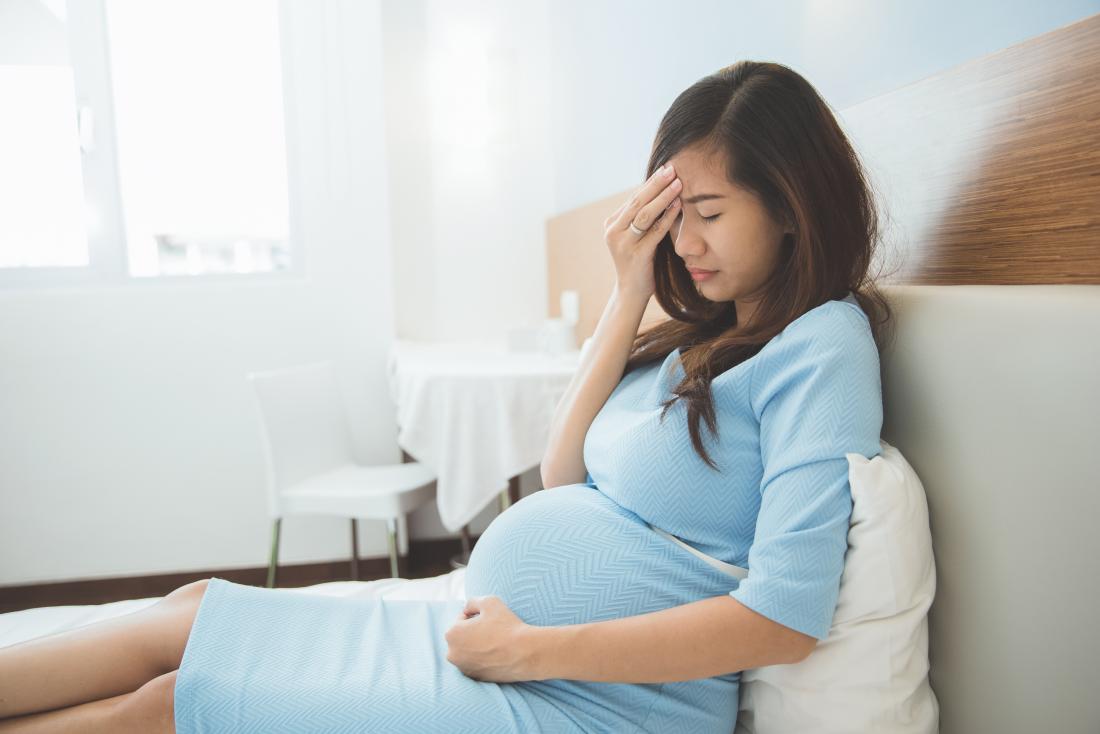



Low Blood Pressure During Pregnancy Causes And Remedies
Low blood pressure is a reading of less than 90/60mmHg It does not always cause symptoms, but you may need treatment if it does Symptoms of low blood pressure Get your blood pressure checked if you keep getting symptoms like lightheadedness or dizziness; A doctor will usually diagnose low blood pressure when the reading is around 90 mmHg over 60 mmHg During the first 12 weeks of pregnancy, a woman might notice aBlood pressure usually falls immediately after you've given birth Then it rises again, peaking three days to six days later That's the case for women who had normal blood pressure during pregnancy, as well as those with high blood pressure It's quite normal for your blood pressure to fluctuate a bit in the weeks after the birth
If you develop high blood pressure for the first time in pregnancy, you will be assessed in a hospital by a healthcare professional, usually a midwife, who is trained in caring for raised blood pressure in pregnancy What is high blood pressure There are 3 levels of hypertension mild – blood pressure between 140/90 and 149/99mmHg (millimetres of mercury); Normal blood pressure in pregnancy is less than 1/80 mm Hg, the same as for nonpregnant people High and low blood pressure during pregnancy can cause complicationsThe average blood pressure range if you're healthy is between 110/70 and 1/80, although this varies a lot in pregnancy Your doctor or midwife will tell you if your numbers are high She'll diagnose high blood pressure if your top figure (systolic) is 140 or higher or your bottom figure (diastolic) is 90 or more (NHS 18, SOMANZ 14)
Readings at or below 90/60 usually indicate low blood pressure or what is called Hypotension What this means is the blood pressure in your arteries is lower than what is considered normal However, there's usually no need to be concerned about low blood pressure unless you're experiencing dizziness, fainting, nausea or fatigue Emergency Having a blood pressure reading of 160/110 or higher is a medical emergency Women who had preeclampsia may still be at risk up to six weeks after delivery Women who had high blood pressure before and during pregnancy continue to be at risk as long as their blood pressure remains high11 rows 144/90 60 to 64 years 134/87 121/ 174/91 Normal Blood Pressure for Women In keeping




Blood Pressure Measuring And Levels Doppelherz




Normal Blood Pressure In Pregnancy Levels And Management
Measuring blood pressure in pregnancy The guidelines for measuring blood pressure in pregnancy are outlined in table 1Throughout this paper we will refer to blood pressure levels that are based on clinic blood pressure measurementsThere has been much discussion on using ambulatory blood pressure monitoring (ABPM) in pregnancy but international guidelinesConsidering low blood pressure chart in context of women, for men, during pregnancy and by age Blood pressure can continue to fall from a reading of 90/60mmHg until signs of low blood pressure shown in the chart start showing Typically blood pressure can fall to low levels due to sickness or an emergency such as blood lossOn the other hand, the blood pressure for pregnant women may fluctuate But the average level is more or less the same as any adult's readings Doctor may determine it as hypertension when the bp result is 140/90 mm Hg or higher Blood Pressure Reading Chart Below is a blood pressure reading chart for you
/coping-with-low-or-high-blood-pressure-in-pregnancy-4690310-updated-fa576aacc84f41f4af250af206b12efc.png)



Blood Pressure In Pregnancy How To Deal With It
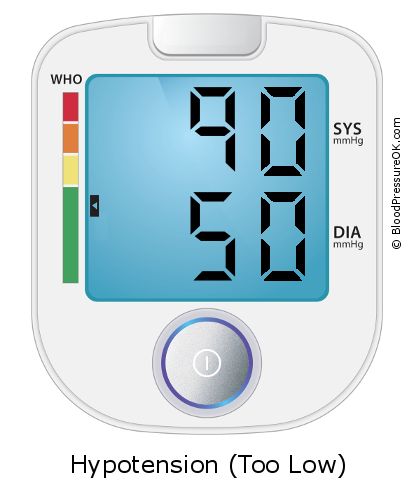



Blood Pressure 90 Over 50 What Do These Values Mean
As the most common medical disorder of pregnancy, hypertension is reported to complicate 1 in 10 pregnancies 1,2 and affects an estimated 240 000 women in the United States each year 3 Antihypertensive treatment rationale in this group represents a departure from the nonpregnant adult Seventh Report of the Joint National Committee on Prevention, Detection,A normal blood pressure is around 1/80mmHg (1 over 80) You have low blood pressure (also known as hypotension) if your blood pressure drops below 90/60mmHg (90 over 60) Low blood pressure means that the blood flow in the body might be insufficient to bring enough oxygen and nutrients to your organs Blood pressure measures the force exerted by the blood on the walls of the arteries when the heart pumps The connection between low blood pressure and pregnancy is that the blood vessels in the circulation system dilate due to hormonal changes in your body, which may lead to low blood pressure




10 Signs Of Low Blood Pressure During Pregnancy When To Call Doctor Baby Doppler Blog




Learn More About How Blood Pressure Changes With Age Here
What separates preeclampsia from regular high blood pressure is the fact that it only happens during pregnancy, and women with otherwise normal blood pressure levels can be diagnosed with this condition Plus, just like gestational high blood pressure, it normally goes away after the postpartum period During pregnancy, a woman experiences changes in blood pressure as a side effect of the increase in blood volume that occurs to support the developing baby The most significant change in blood pressure is usually a drop in systolic pressure of five to 10 points and a drop in diastolic pressure of 10 to 15 points over the first 24 weeks of pregnancy, explains theLow blood pressure (known as hypotension) is categorized if your reading is 90/60 mm Hg or lower Low blood pressure in pregnancy is normal and is caused by the rapid expansion of the circulatory system




High And Low Blood Pressure In Pregnancy Symptoms And Treatment L Emma S Diary
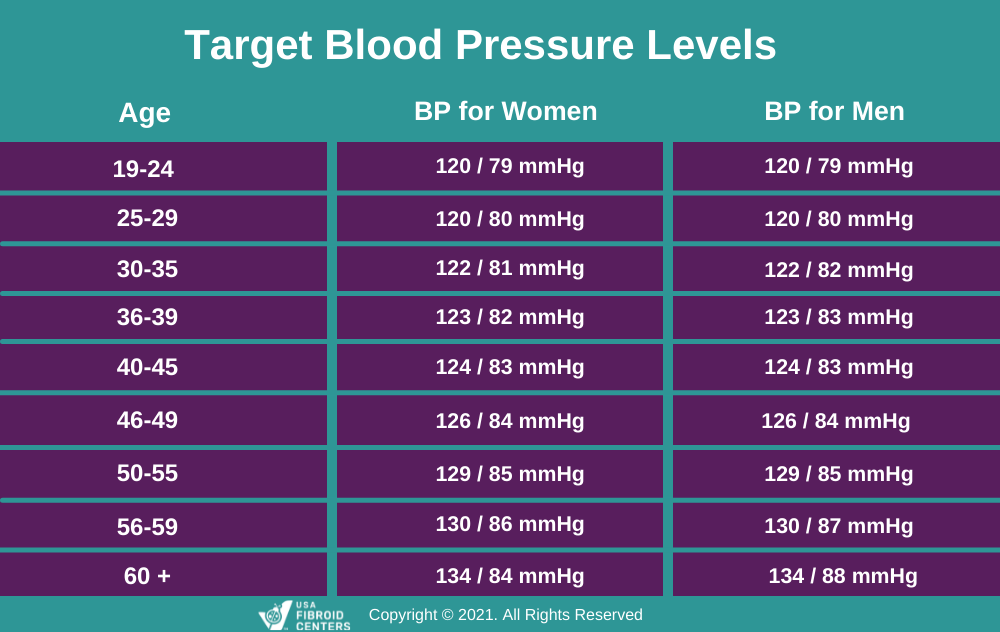



What Does Your Period Do To Your Blood Pressure
Managing high blood pressure during pregnancy Taking care of yourself when you have a case of high blood pressure in pregnancy usually involves taking medication such as lowdose aspirin to help prevent preeclampsia Medications used for treating high blood pressure in pregnancy have been widely studied and are considered safe for your baby Low blood pressure happens when the blood pressure (BP) levels are less than normal The normal blood pressure for a teenager is around 110/70mmHg (2) (BP is measured in millimeters of mercury denoted as mmHg and features two numbers one that indicates the upper value (systolic) followed by the lower (diastolic) value) Women with gestational hypertension usually have just a small increase in blood pressure, but 10 to 25 percent of women with the condition may show signs of preeclampsia later in pregnancy More than 6 percent of pregnant women
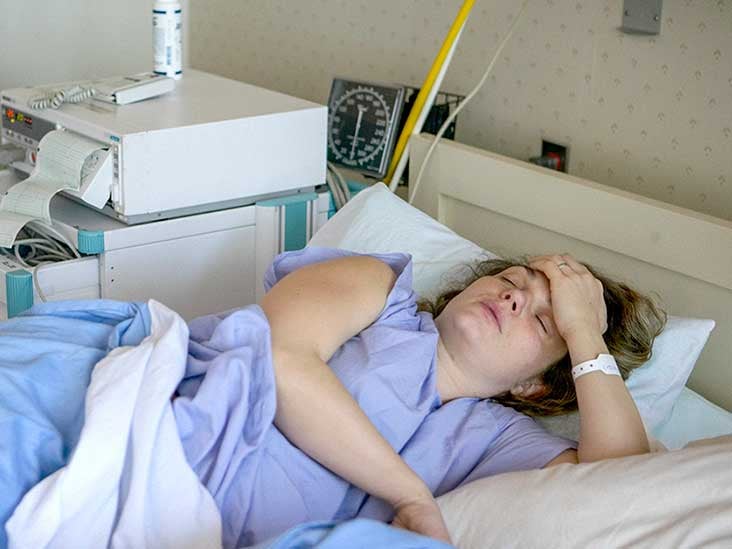



Abnormal Blood Pressure Levels In Pregnancy




What Are Normal Blood Pressure Ranges By Age For Men And Women Chart Readings For Low Normal And High Bp
The normal blood pressure reading should not exceed 1/80, according to MayoCliniccom Some doctors defer with this and prefer readings below 115/75 The risk of prehypertension happens when the blood pressure reading lies between 121/80 and 139/ High blood pressure is any reading above 140/90Blood pressure usually falls immediately after you've given birth (Foley 19) Then it rises again, peaking three days to six days later (August , Bramham et al 13) That's the case for women who had normal blood pressure during pregnancy, as well as those with high blood pressure (August , Bramham et al 13) Sometimes high blood pressure is present before pregnancy In other cases, high blood pressure develops during pregnancy Gestational hypertension Women with gestational hypertension have high blood pressure that develops after weeks of pregnancy There is no excess protein in the urine or other signs of organ damage




Why Is 1 80 Considered Normal Blood Pressure What S The Logic Behind 1 And 80 Is That Value Normal At Any Age Or Does Normal Change Quora




High Blood Pressure During Pregnancy Symptoms And Treatments
Low blood pressure during pregnancy is common and not usually a cause for concern if your reading is below 90/60 mm Hg Some people have low blood pressure their whole lives and have no signs When researchers for the National Center for Health Statistics looked at average blood pressure in US adults between 01 and 08, the average reading was 122/71 mm Hg The breakout was 124/72 mm Hg for men, and 121/70 mm Hg in women It rose by age and was significantly higher in Black people 5 Those guidelines lowered the threshold for high blood pressure in adults to 130/80 Guidelines for pregnant women set by the American College of Obstetricians and Gynecologists define high blood pressure as 140/90 The AHA/ACC guidelines apply to all adults and don't specifically address blood pressure targets during pregnancy



1




90 Over 60 Blood Pressure And Ms Insufficient Blood Constraint Hypotension
Risk Of High Blood Pressure In Women 1 The answer to the question of how high blood pressure (as primary hypertension) arises is difficult risk factors such as heavyweight, lack of exercise and stress are wellknown factsBut while one gets high blood pressure early on, the other does not have any problems at first Why it can vary from person to person here is still unclearHigh Blood Pressure and Heart Disease in Women HBP is a condition that makes the heart work harder than normal And left untreated, it scars and damages your arteries and can lead to heart attack, stroke, kidney failure, eye damage, heart failure andDuring this period, normal levels of blood pressure shifted to numbers 140/90 mm Hg After 60 years of normal blood pressure increases to 150/90 mm Hg Physiological increase in blood pressure though is age norm, but the lack of control over its growth can lead to the following negative consequences




Low Blood Pressure During Pregnancy Should You Be Worried
/GettyImages-942572774-eef247df182149f4ac12ec499f00dda7.jpg)



Low Blood Pressure And Pregnancy Before And After
If your blood pressure reading is high (140/90 or higher), especially after the th week of pregnancy, your provider will likely want to run some tests They may include blood tests other lab tests to look for extra protein in the urine as well as other symptomsFactors affecting Blood Pressure in Women The fluctuations in blood pressure levels could be associated with factors such as age, lifestyle, pregnancy, weight, menopause, family history, etc Age Average blood pressure increases with age After the age of 50, one in every two women maybe affected by high blood pressure Stage 2 hypertension is defined as a blood pressure at or above 140/90 mm Hg 1 Having hypertension puts you at risk for heart disease and stroke, which are leading causes of death in the United States 2 In 18, nearly half a million deaths in the United States included hypertension as a primary or contributing cause 2



Low




Understanding Blood Pressure Ultimate Bp By Age Chart Vive Health
Normal blood pressure is below 140/90 mm Hg During pregnancy Mildly high blood pressure is blood pressure between 140/90 and 149/99 mm Hg (ie the systolic or upper number is between 140 and 149, and/or the lower or diastolic number is between 90 and 99) Moderately high blood pressure is blood pressure between 150/100 and 159/109 mm Hg (The systolic is between The women were recruited between 19 and 1992 and were given 60 milligrams of aspirin a day during pregnancy Today, a dose of 81 to 160 milligrams is more common, Hauspurg said The original study included 2,539 women but only 1,0 were used in this analysis, which did not include women carrying multiple fetuses and who had preexistingHigh blood pressure, caused by lifestyle issues like obesity and not getting enough exercise, among other causes, is a serious disease If it gets too high, specifically 180/1 or higher, and you have the symptoms listed here, you need to call 911 or go to the emergency room Urology Nephrology




Low Blood Pressure During Pregnancy Should You Be Worried
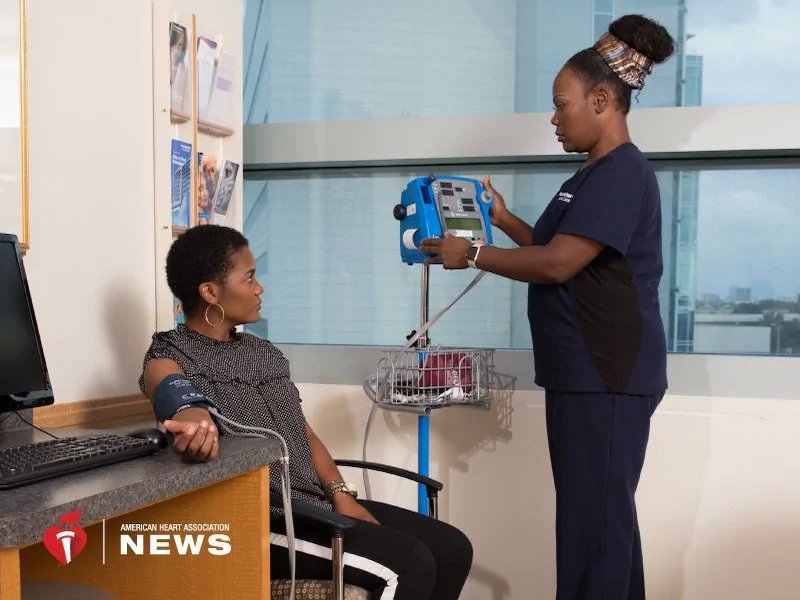



What S A Dangerous Level Of Blood Pressure In Pregnancy
Readings below 90/60 mm Hg indicate low blood pressure, or hypotension Readings above 140/90 mm Hg in pregnancy indicate high blood pressure, or hypertension Hypertension is seen far more often




Low Blood Pressure During Pregnancy What You Should Know
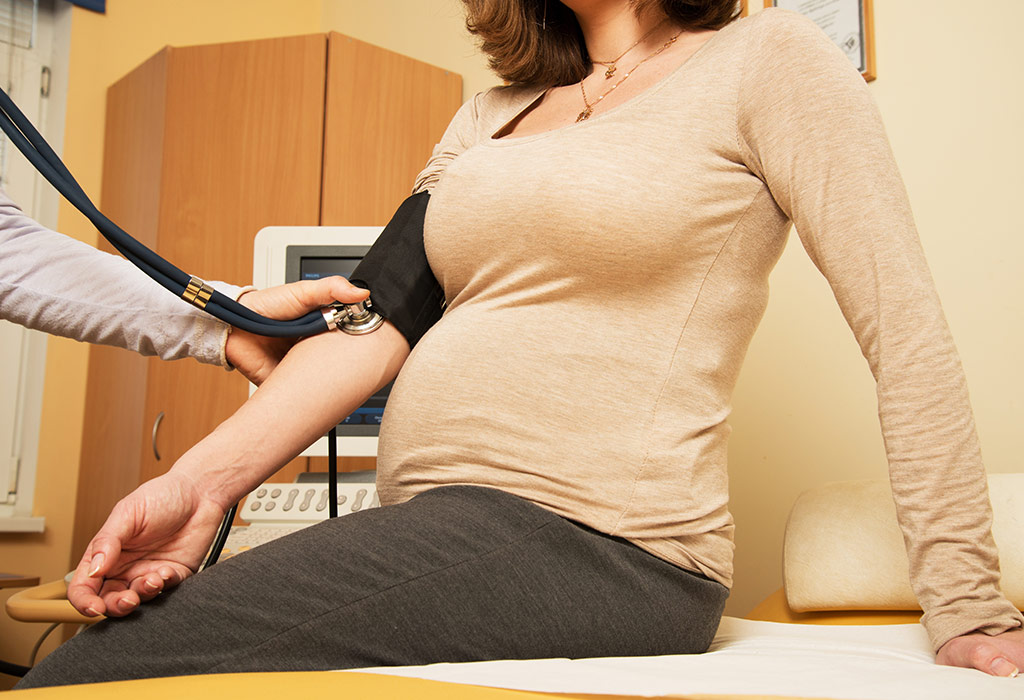



Low Blood Pressure In Pregnancy Reasons Signs Treatment




Blood Pressure Levels During Pregnancy N 5 36 A Download Table




What Is Low Blood Pressure And Is It Harmful Carrington College
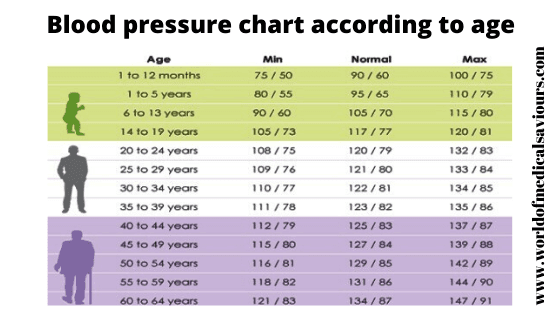



What Is Normal Blood Pressure




What Are Normal Blood Pressure Ranges By Age For Men And Women Chart Readings For Low Normal And High Bp
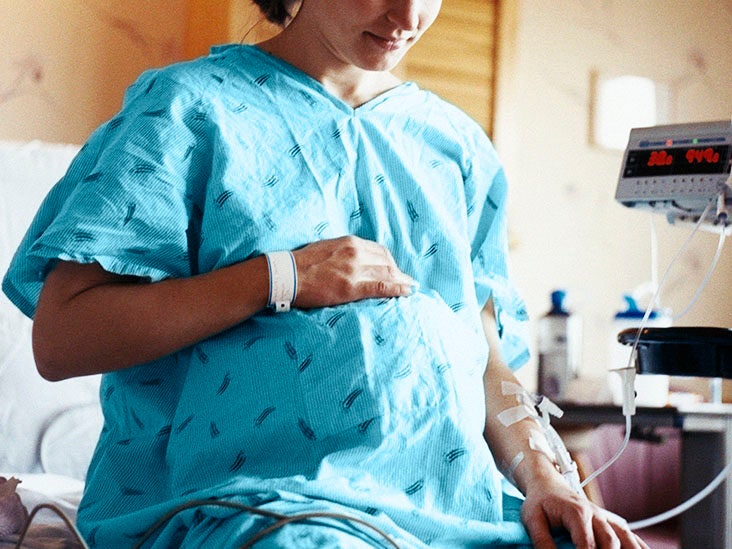



Low Blood Pressure During Pregnancy Causes And Remedies




Low Blood Pressure During Pregnancy




What Are Normal Blood Pressure Ranges By Age For Men And Women Chart Readings For Low Normal And High Bp
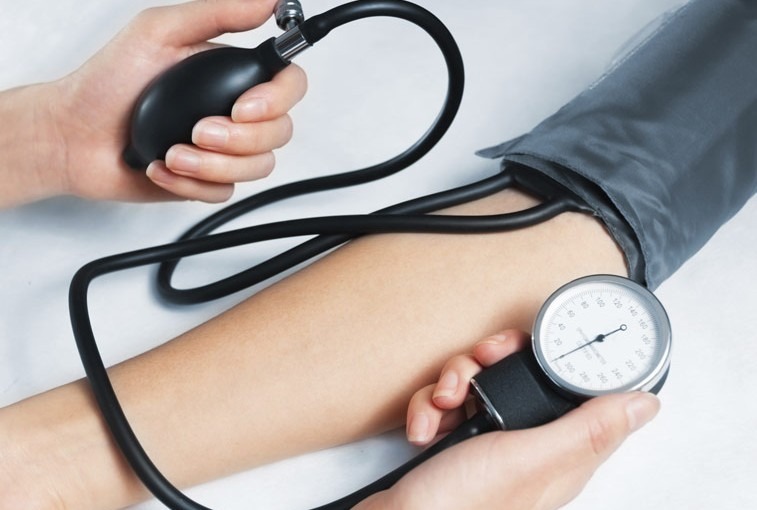



What To Know About High Blood Pressure During Pregnancy




Low Blood Pressure During Pregnancy Causes And Remedies
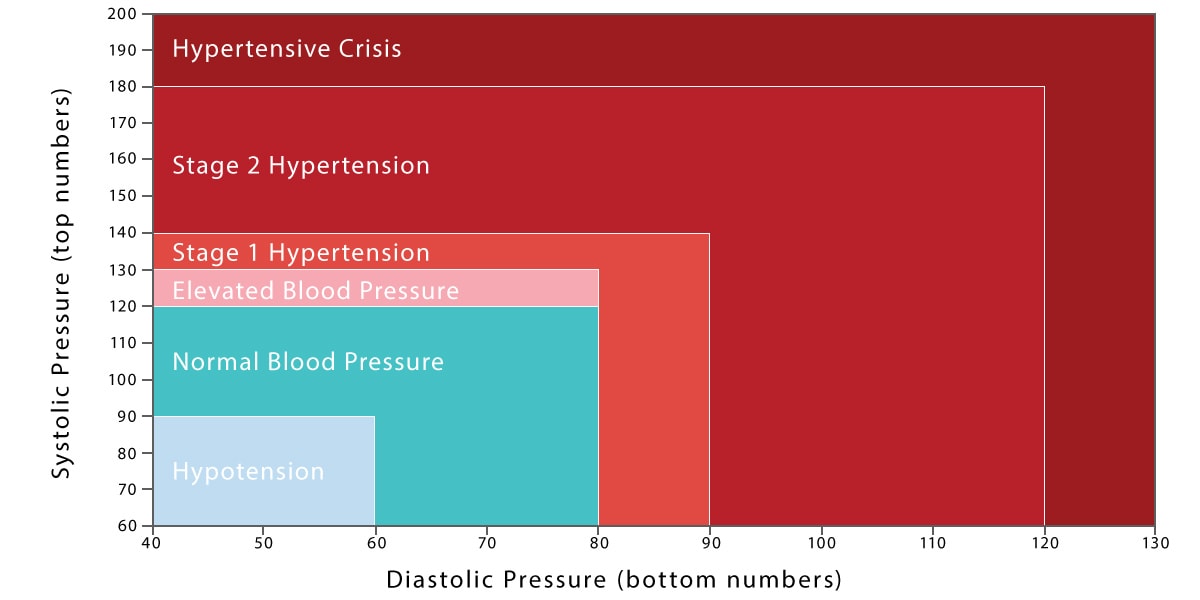



Understanding Blood Pressure Ultimate Bp By Age Chart Vive Health




Age And Sex Adjusted Distribution Of Normal Blood Pressure And Download Table



Low Blood Pressure In Pregnancy Reasons Signs Treatment




Low Blood Pressure During Pregnancy What You Should Know




Normal Blood Pressure In Pregnancy Levels And Management



Why Is 1 80 Considered Normal Blood Pressure What S The Logic Behind 1 And 80 Is That Value Normal At Any Age Or Does Normal Change Quora




Blood Pressure Readings Explained Chart And More



Is It Normal To Have 90 70 Blood Pressure All The Time If Not How Do You Prevent It Quora




Freaking Out Help December 19 Babies Forums What To Expect




Is 108 60 Good Blood Pressure Quora




High Blood Pressure During Pregnancy Symptoms And Treatments
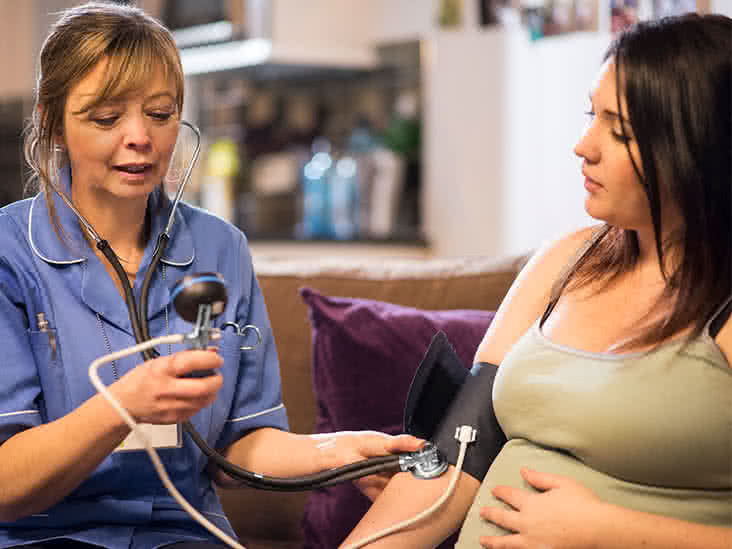



Low Blood Pressure During Pregnancy What You Should Know




Pdf Maternal Blood Pressure In Pregnancy And Stillbirth A Case Control Study Of Third Trimester Stillbirth




Participants Age Body Mass Index Glucose And Blood Pressure Over The Download Scientific Diagram




High Blood Pressure In Pregnancy
:max_bytes(150000):strip_icc()/GettyImages-649660583-dd95fdaa5ac54d2ba700040d1cd9abcc.jpg)



Blood Pressure In Pregnancy How To Deal With It



3




Low Blood Pressure During Pregnancy What You Should Know




Low Blood Pressure Precautions And Ways To Manage It




High Blood Pressure During Pregnancy Symptoms And Treatments
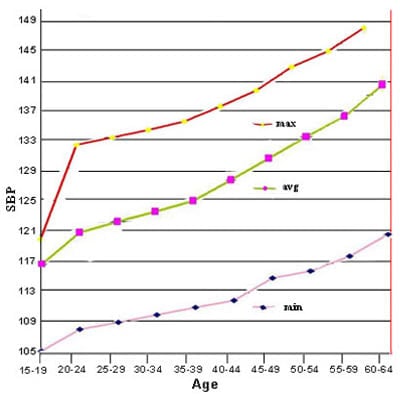



Blood Pressure Chart




What Causes Low Blood Pressure In Pregnancy




90 Over 60 Blood Pressure While Pregnant What On The Way To Be Informed Virtually Distinguished Blood Require Until Gestation




What Is Low Blood Pressure And Is It Harmful Carrington College




What S High Bp For A Pregnant Lady March 19 Babies Forums What To Expect




High And Low Blood Pressure In Pregnancy Symptoms And Treatment L Emma S Diary




Low Blood Pressure During Pregnancy Causes And Remedies




High Blood Pressure During Pregnancy Gestational Hypertension Causes Management




Low Blood Pressure During Pregnancy Should You Be Worried
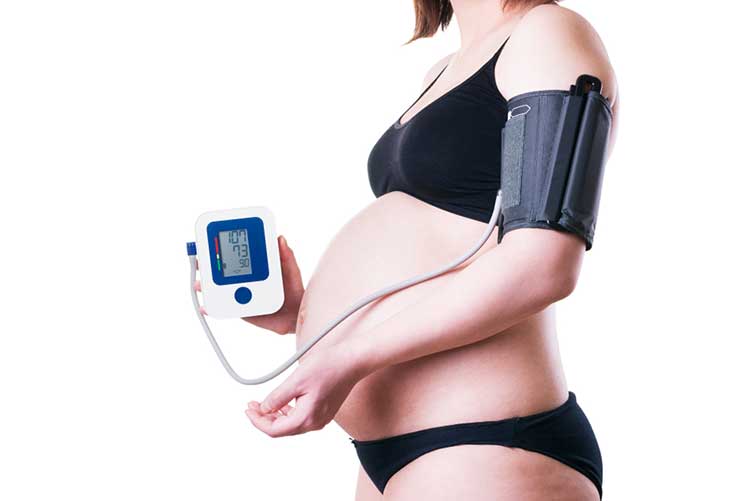



Low Blood Pressure During Pregnancy Should You Be Worried




Low Blood Pressure During Pregnancy Should You Be Worried
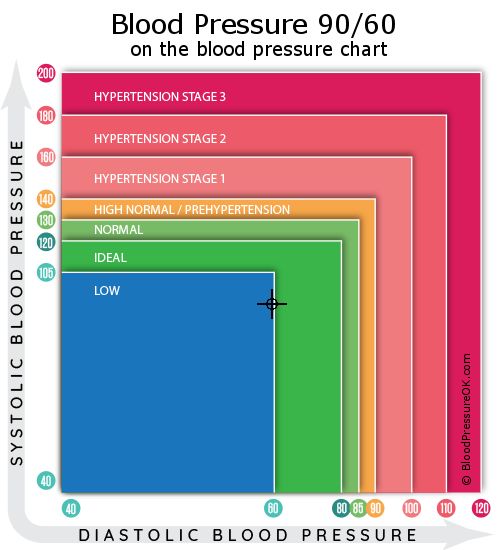



Blood Pressure 90 Over 60 What Do These Values Mean




Low Blood Pressure During Pregnancy Causes And Remedies




Normal Blood Pressure In Pregnancy Levels And Management




My Blood Pressure Is 90 Over 60 Is This Too Low Poz




90 Over 60 Blood Pressure While Pregnant What On The Way To Be Informed Virtually Distinguished Blood Require Until Gestation



Medzsoft Low Blood Pressure




Blood Pressure In Pregnancy Babycentre Uk




Low Blood Pressure During Pregnancy Should You Be Worried
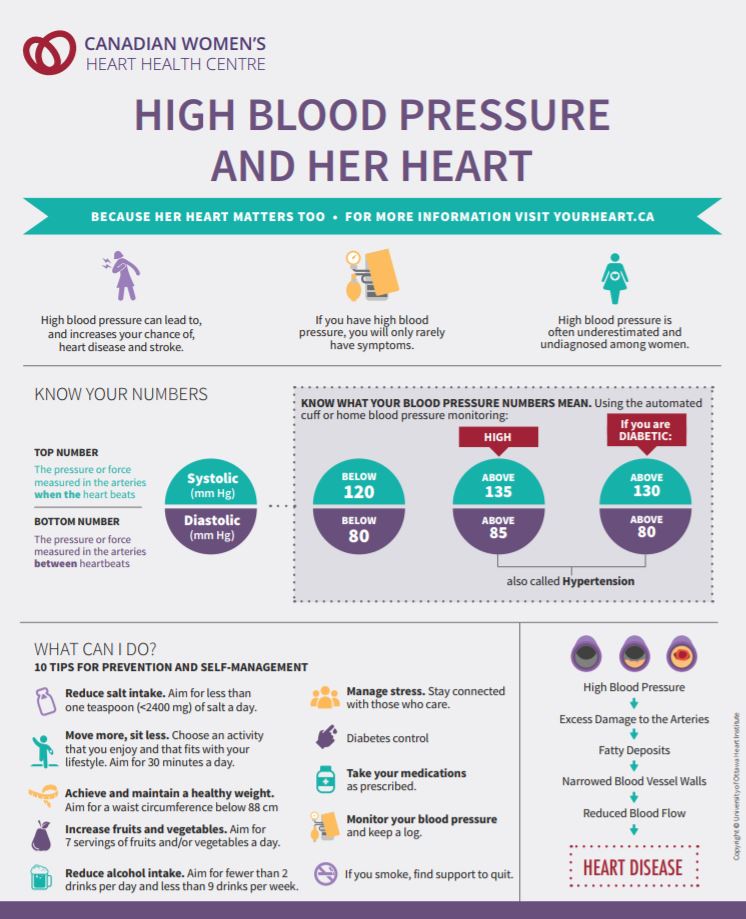



Blood Pressure Women S Heart Health Centre




Blood Pressure Chart 100 Over 60 What Make Out The Numbers Mean




Blood Pressure Chart By Age Daily Healthgen Normal Max 9060 1 To 12 Months 7550 9565 8055 To 5 Years 9060 6 To 13 Years 181 14 To
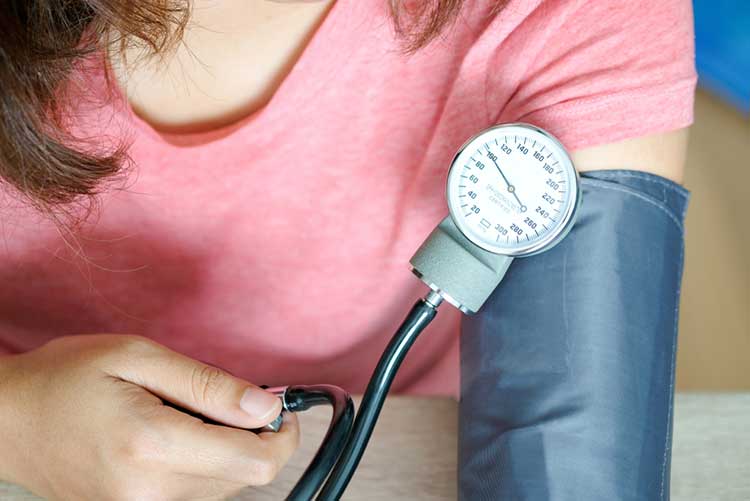



Low Blood Pressure During Pregnancy Should You Be Worried




Low Blood Pressure During Pregnancy Should You Be Worried




Low Blood Pressure During Pregnancy What You Should Know



Low Blood Pressure In Pregnancy Reasons Signs Treatment




Low Blood Pressure During Pregnancy Causes And Remedies



1
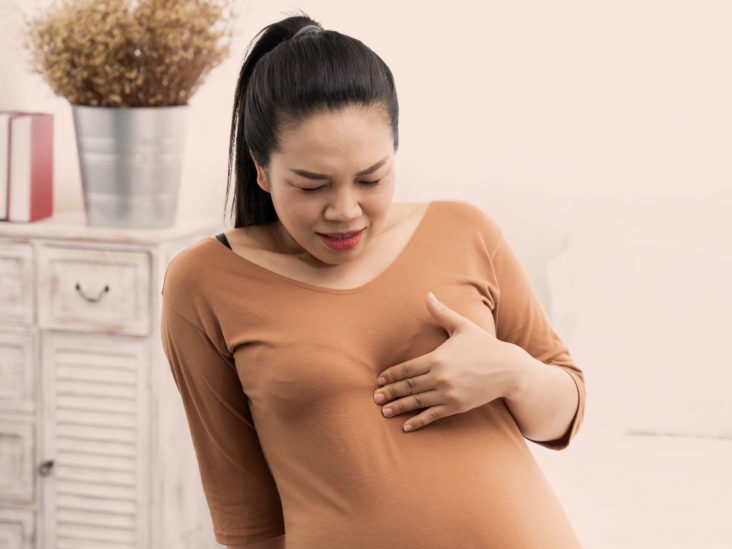



Normal Blood Pressure In Pregnancy Levels And Management




Low Blood Pressure In Pregnancy Reasons Signs Treatment




Blood Pressure Chart By Age Min Normal Max Age 7550 9060 1 To 12 Months 9565 8055 1 To 5 Years 9060 To 13 Years 181 14 To
:max_bytes(150000):strip_icc()/blood-pressure-56be3a573df78c0b138ad3b9.jpg)



Blood Pressure In Pregnancy How To Deal With It




Blood Pressure Chart




If 110 70 Is Normal Blood Pressure What Is The Normal Range For The Low Number For A Young Female Adult Quora




Normal Blood Pressure In Pregnancy Levels And Management
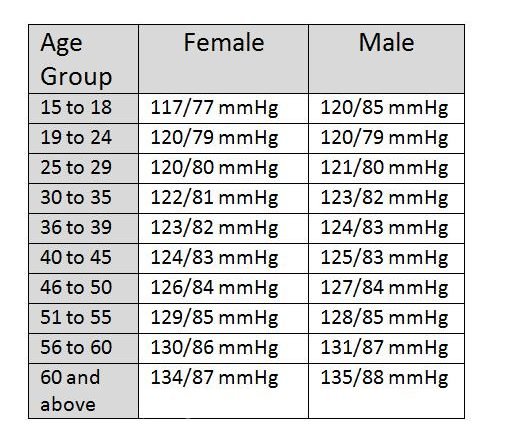



Blood Pressure Chart For Women Healthinfi



Low Blood Pressure In Pregnancy Reasons Signs Treatment



What Low Blood Pressure Means And When It S An Emergency




Blood Pressure Range Chart Vaughn S Summaries
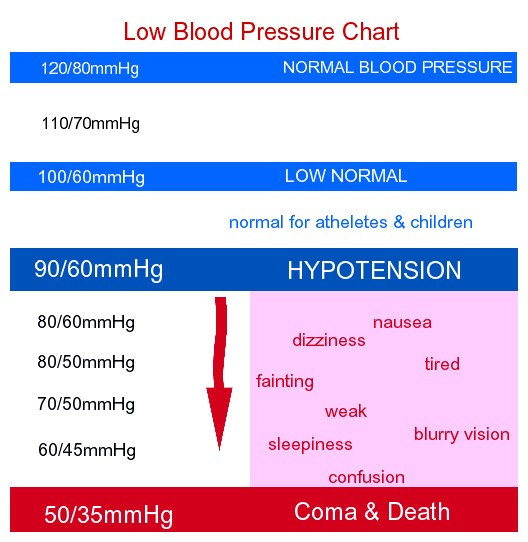



Low Blood Pressure Chart For Women By Age For Men During Pregnancy
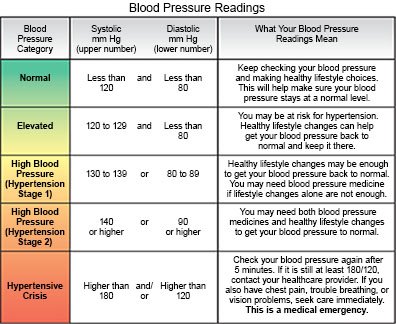



Hypertension During Pregnancy What You Need To Know
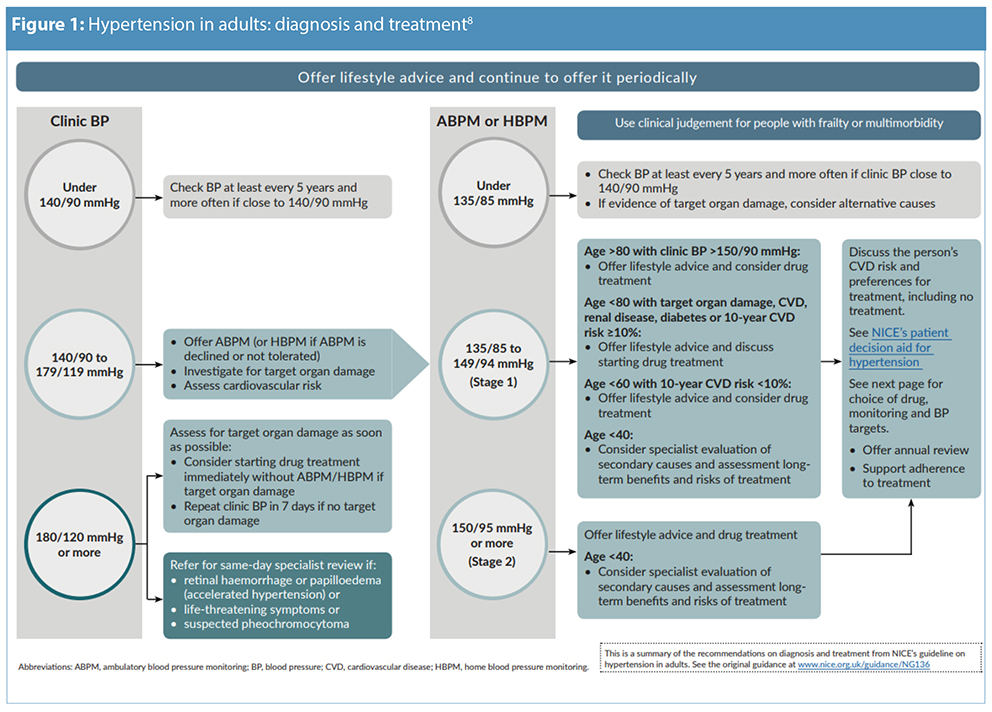



Is 94 Over 60 A Normal Blood Pressure Alto Blood Force
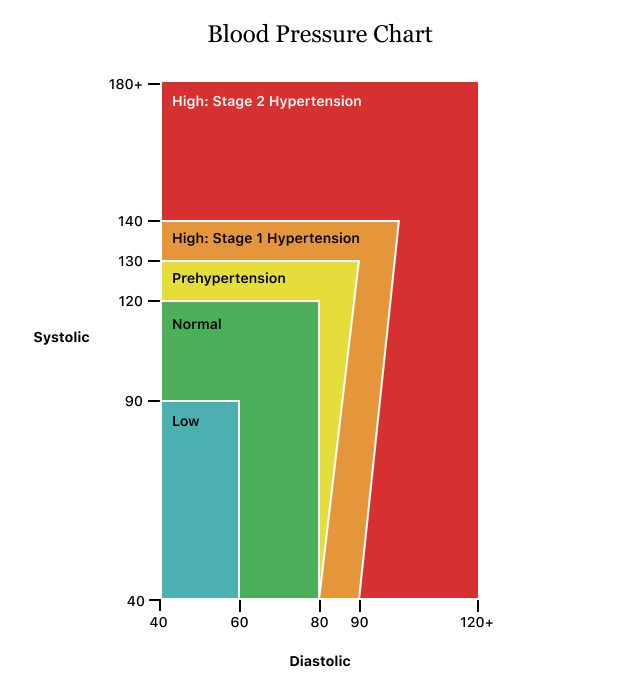



Low Blood Pressure Hypotension Symptoms Treatment
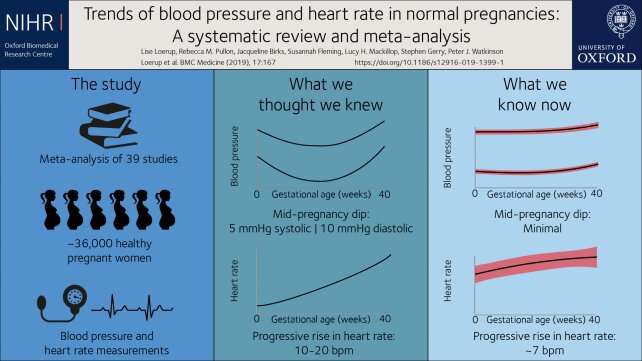



Heart Rate And Blood Pressure Changes During Pregnancy Are Less Dramatic Than Previously Thought



Lh3 Googleusercontent Com Proxy Kmvko1m5584s7uwdhzsmrpsutz3fm75p1wfd9c26bbetnrseq0com3ywjsg4trjk33hr3cot3bdv7fyxjlzdlnc 3bdxseda6tscy1riawed8kfqvqd8hez8poj74qhfgjzwn8oeg Oputfnkesb1emmj2zp4htlw8q6gu Jzbf14bulla Tpagplxq74l7ibpivhtjqaozlgdb1ltkk4u7n6fkahz0atti3yeebap9v



Normal Blood Pressure By Age In Mmhg Blood Pressure Magazineblood Pressure Magazine Mobile Version




Hypotension Wikipedia



Lh3 Googleusercontent Com Proxy F6umyloticygut0yb5tpu66ezg26ssygyq94e5770hn0n1goxyn7oei6 Bu8tqf9cdquexwxzm9a Rtmzrjer68eawp6bmt Xdp4bv2mja6en 4sqm Dyapvvbhx3ggml9xkaxwbci Fyaip1kfmwwdvox1hgmdwr5xiwfoidd0cushw07eyia4e2caxqnedccvaj1dwhndroh8 Rtqk8aam3rav1toul6qpc4jesj9v
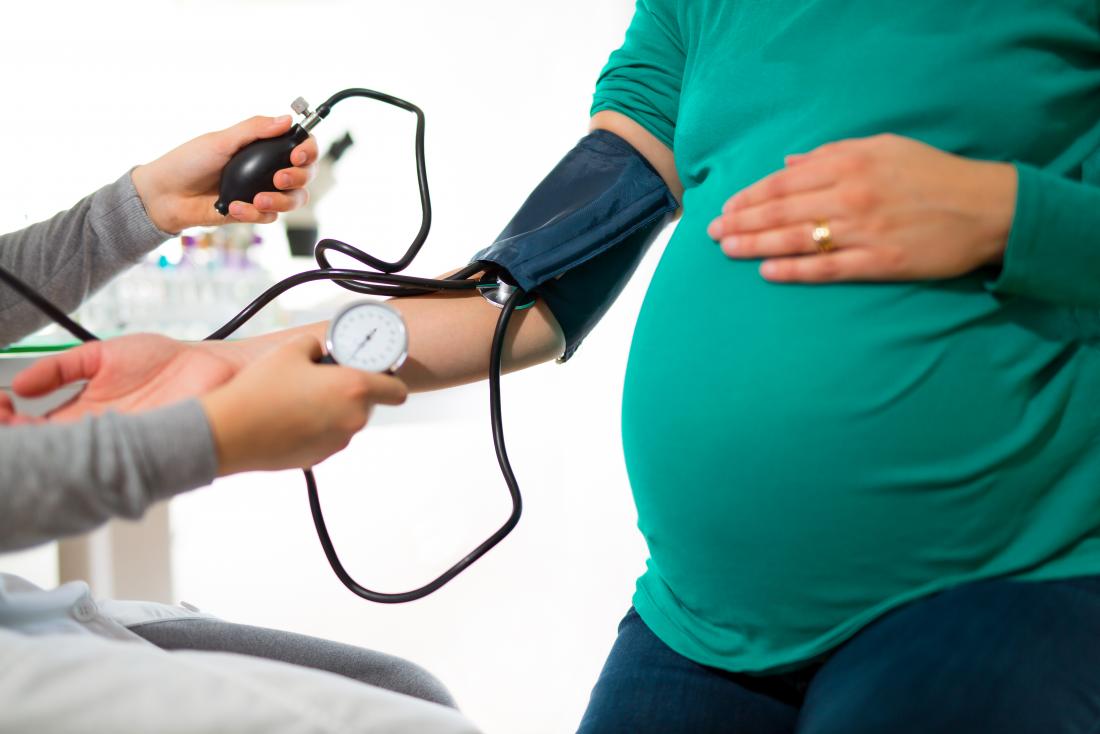



Low Blood Pressure During Pregnancy Causes And Remedies




Is 1 Over 60 A Good Blood Pressure Reading



109 Over 60 Blood Pressure Pregnancy Distinguished Blood Force Inward Physiological State
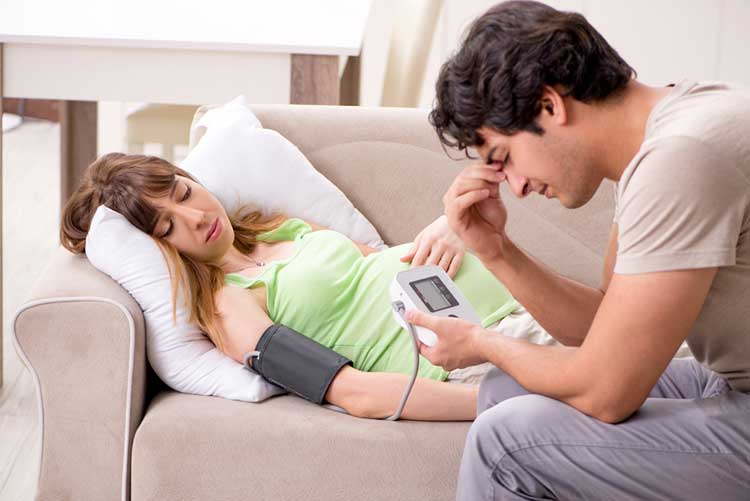



Low Blood Pressure During Pregnancy Should You Be Worried



High Blood Pressure During Pregnancy Gestational Hypertension Causes Management




コメント
コメントを投稿